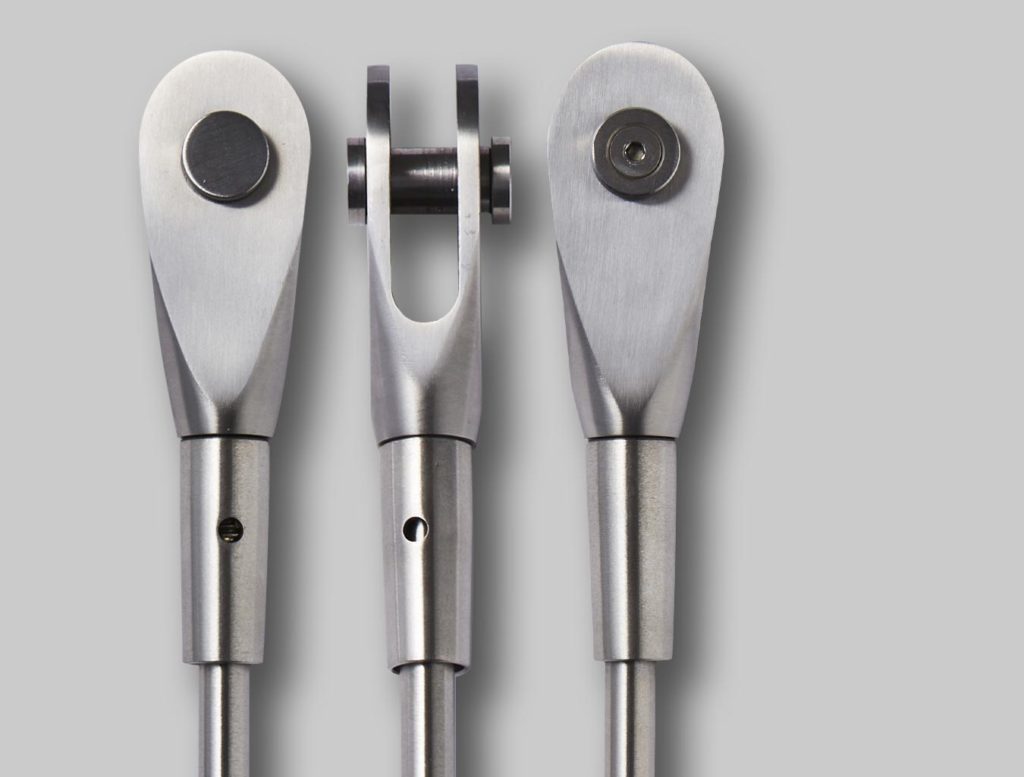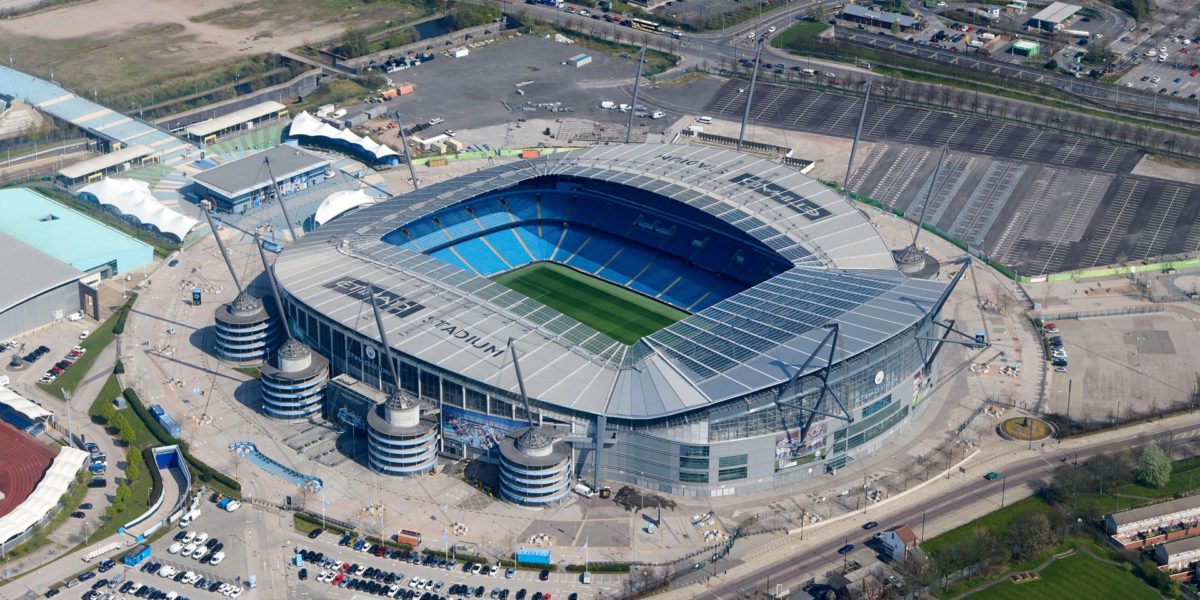Tension rods, also known as tension bars or tie bars, have an important role in many construction projects. They are used as bracing between two structures and are practical and reliable, as well as providing an attractive and minimalist architectural element.
Learn more about tension rods and their various applications in the construction industry, as well as some of the iconic structures that have made use of them.

What are tension rods and how do they work?
Tension rods work by balancing forces within a framework or structure to create stability. This can be done with a minimum quantity of material, making tension rods cost-effective and architecturally attractive. Tension rods can be supplied with fittings to connect and secure them to buildings and structures as required.
Tension rods can:
- Withstand high stresses
- Withstand fatigue from bending, wind loads and other forces
- Withstand bending
- Resist corrosion, wear and tear
Benefits of Macalloy Tension Rods
- Tendons constructed in house so on-site assembly is not required
- There is no risk of incorrect assembly due to mix-ups.
- Spanner flats on the bars for consistent tightening
- Rolled threads to BS 3643 for improved fatigue and tensile strength
- Available in lengths up to 12m
- Aesthetically designed forks
Where are tension rods used?
Tension rods are commonly used in the construction of bridges, roofs, walls and canopies. They have many uses within the construction industry – these are just some of the most common applications. Tension rods are often specified in the design and build of bespoke modern structures as they allow architects to fulfil challenging technical and aesthetic requirements.
There are many examples of the successful use of tension rods in construction. These are some of the famous buildings that make use of tension rods supplied by Macalloy:
- Marina Bay Sands Resort, Singapore – the canopy roof structure of the bayfront complex is suspended using tension rods
- Etihad Stadium, UK – the Etihad stadium in Manchester makes extensive use of tension rods, particularly in the steel pylons and roof structure
- Burj Al Arab Hotel, Dubai – vertical steel columns use tension rods to secure them
What to consider when using Tension Rods in construction projects
Tension rods can be highly effective in the construction industry across a wide range of projects and sectors. However, they need to be specified correctly and a number of considerations need to be taken into account to ensure they will be suitable.
Here are some key considerations for specifying tension rods within construction projects:
- Strength – tension bars are available in 460N/mm2 , 520N/mm2 and 550N/mm2 strength in carbon and stainless steel, for different applications
- Compliance – check that products are compliant with ETA21/0053 and CE specifications
- Coating – tension bars and their fittings can be primed or painted. They can also be hot dipped galvanised to BS1461:2009 standard or powder coated.
- Fittings – where required, bespoke fittings will be designed to accompany tension rods
- Technical literature – ensure design calculations and loadings are to EC3 specifications
Macalloy engineers are always available to help and will be happy to assist you with the specification of tension rods and accompanying fittings for any construction project. Our tension rods and systems are 9001 accredited and approved to European technical approval ETA21/0053 – they are trusted worldwide by major names in construction and architecture.
To talk to an expert engineer about tension rods and systems for your project, call +44 (0)1909 519 200 or send us a message.
